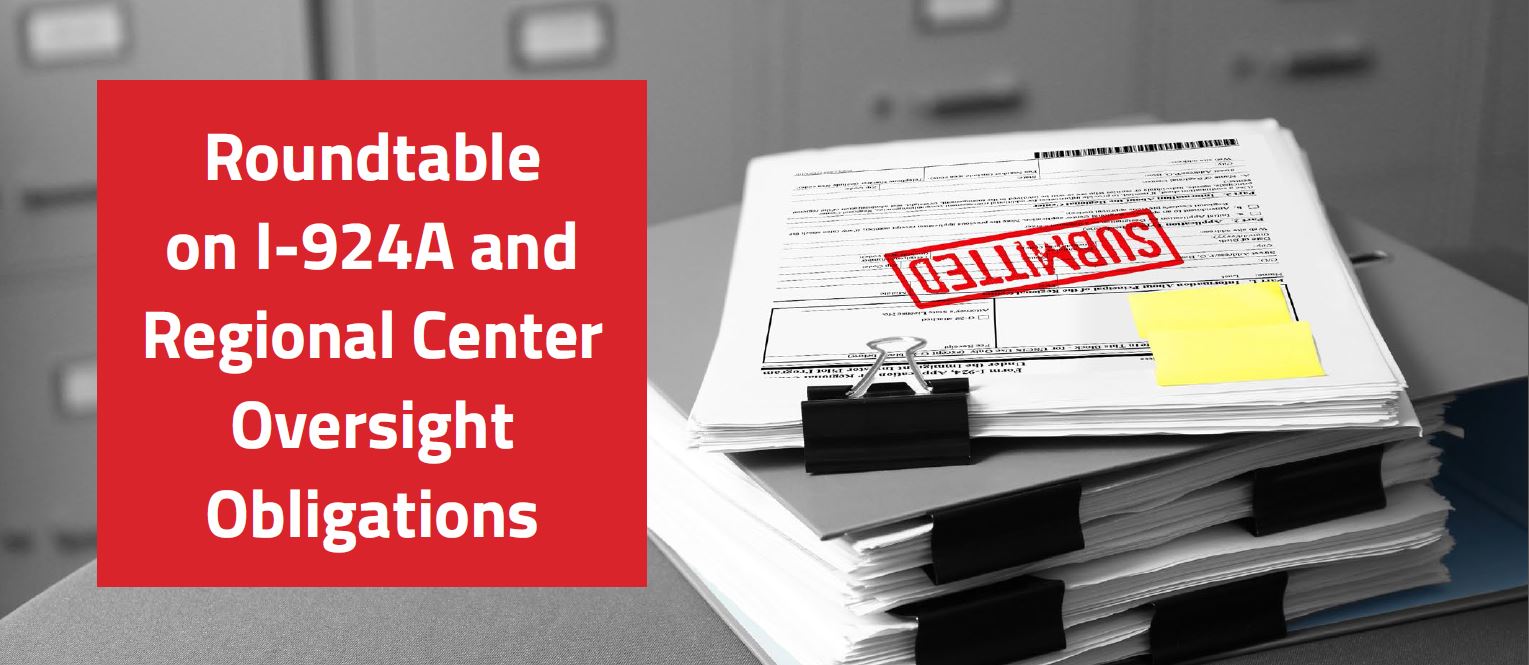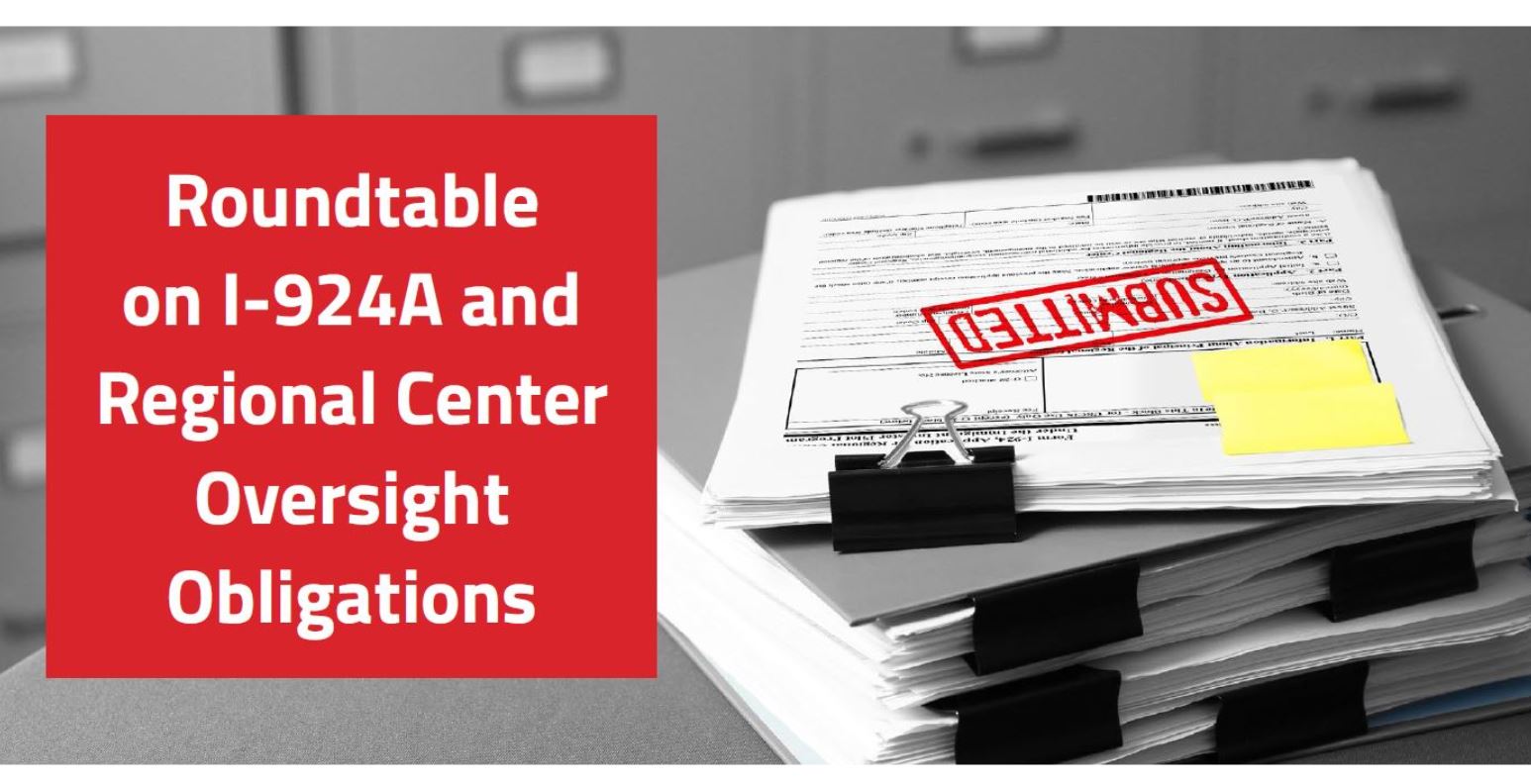
The below article will be featured in the Q4 IIUSA Regional Center Business Journal available later this month.
by Scott W. Barnhart, President, Barnhart Economic Services; Joseph Barnett, Partner, Wolfsdorf Rosenthal LLP; Marisa Marconi, President, Pinnacle Plan Writing LLC
Once designated, EB-5 regional centers have an affirmative obligation to provide USCIS with updated information to demonstrate continued eligibility by submitting an Annual Certification of Regional Center (Form I–924A) or as otherwise requested by USCIS. See 8 C.F.R. § 204.6(m)(6)(i)(B). USCIS will issue a Notice of Intent to Terminate (“NOIT”) if a regional center fails to submit a Form I-924A on or before December 29 each year.
The purpose of this article is to highlight some of the administrative, oversight, and management practices used by established regional centers to effectively prepare Form I-924A in order to demonstrate that they are “continuing to promote economic growth … in the approved geographic area.” Id. We thank CMB Regional Centers, American Dream Fund, and others for their contributions and assistance in preparing this article.
Preparing to File the I-924A
It’s advisable to begin preparing a Form I-924A in early September each year, right before the federal fiscal year is ending. Form I-924A requires regional centers to compile information based on each federal fiscal year (October 1 through September 30), so alerting regional center licensees and job-creating entities about the information and documents required for the December filing in September will alert all parties involved about the coming records and documents needed to file the I-924A by December 29. One regional center indicated that preparing for an I-924A should be an ongoing obligation parallel to actual job creation activity within a regional center’s designation. Regional centers should maintain practices for proper oversight and documentation throughout the development and construction activities of each EB-5 project. Following October 1st of each year, the regional center (and its economist(s)) can then work to complete an accounting of the information required for the I-924A.
Common Areas of Struggle
Established regional centers agree that completing the I-924A gets easier the more often it is done but it can still be a challenge to get information from third parties. Documents that act as verification for inputs into economic models (such as construction expenditures, income statement and revenue reports, government payroll records, and annual tax returns) may be missing or delayed. The I-924A requires regional centers to identify the amount of investment (both EB-5 and otherwise) in each industrial category (NAICS code) as well as the resulting job creation from the EB-5 capital investments sponsored through the regional center. Regional centers that consistently track and account for the spending by a job-creating entity during the construction process are well-primed to provide the information USCIS requires in the form. When EB-5 capital is loaned in a subordinated debt position or is provided in the form of equity, it may be important to receive certain reporting information from the senior lender as well. The ability to receive copies of the draw requests and approvals are essential, and it may be important for the NCE to negotiate an intercreditor agreement with a senior lender to allow the NCE to receive certain reporting materials, notices, and requests of the borrower.









